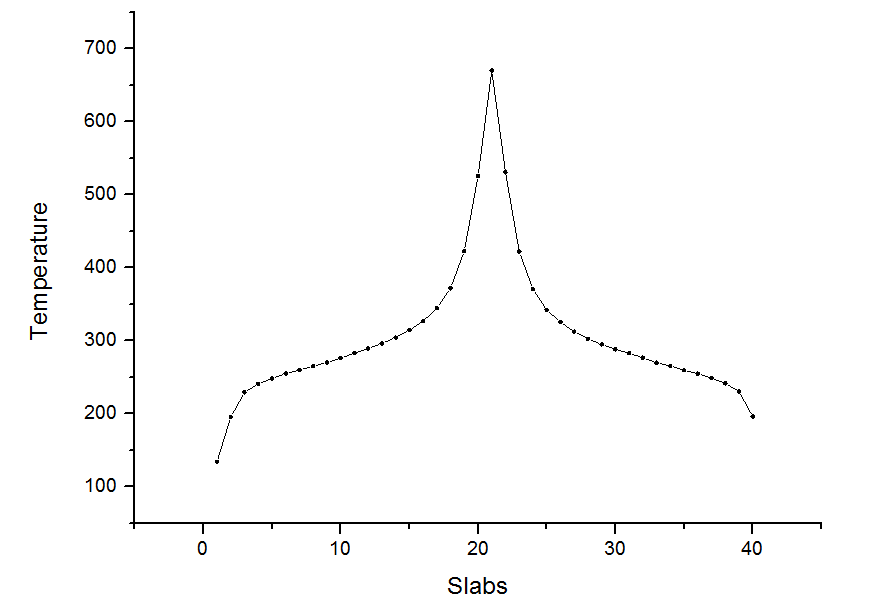Please, do not reply to me but to the list as I am not your private tutor. Nobody can provide you in a short email with all the know-how that you need to develop the expertise required to successfully run simulations to compute transport properties. As always, when not having direct contact with an expert in the field (I am not one of them for sure), your best allies are the original publications where the methods were reported for the first time plus review papers that may cover in detail the potential hurdles/pitfalls to be encountered. A bit of common sense applies as well. Instead of jumping right away to perform the calculation on some complex system of your interest, build some toy-model problem with known solution (like the Ar gas case covered within the Lammps examples) to lower the number of potential mistakes you could make along the way. When available, read the papers listed on the manual page corresponding to the specific Lammps feature you are trying to use. Additionally, checking the Lammps archives is also recommended as you are not the first having requested this kind of assistance. I have seen quite a few users asking about transport properties in the past few months. Imagine what you could find if you do some digging into the archives…
And finally, always post your messages to the list and not an individual user. This is a good “sampling technique” to gather most of the available free advice people here are willing to provide.
Carlos
